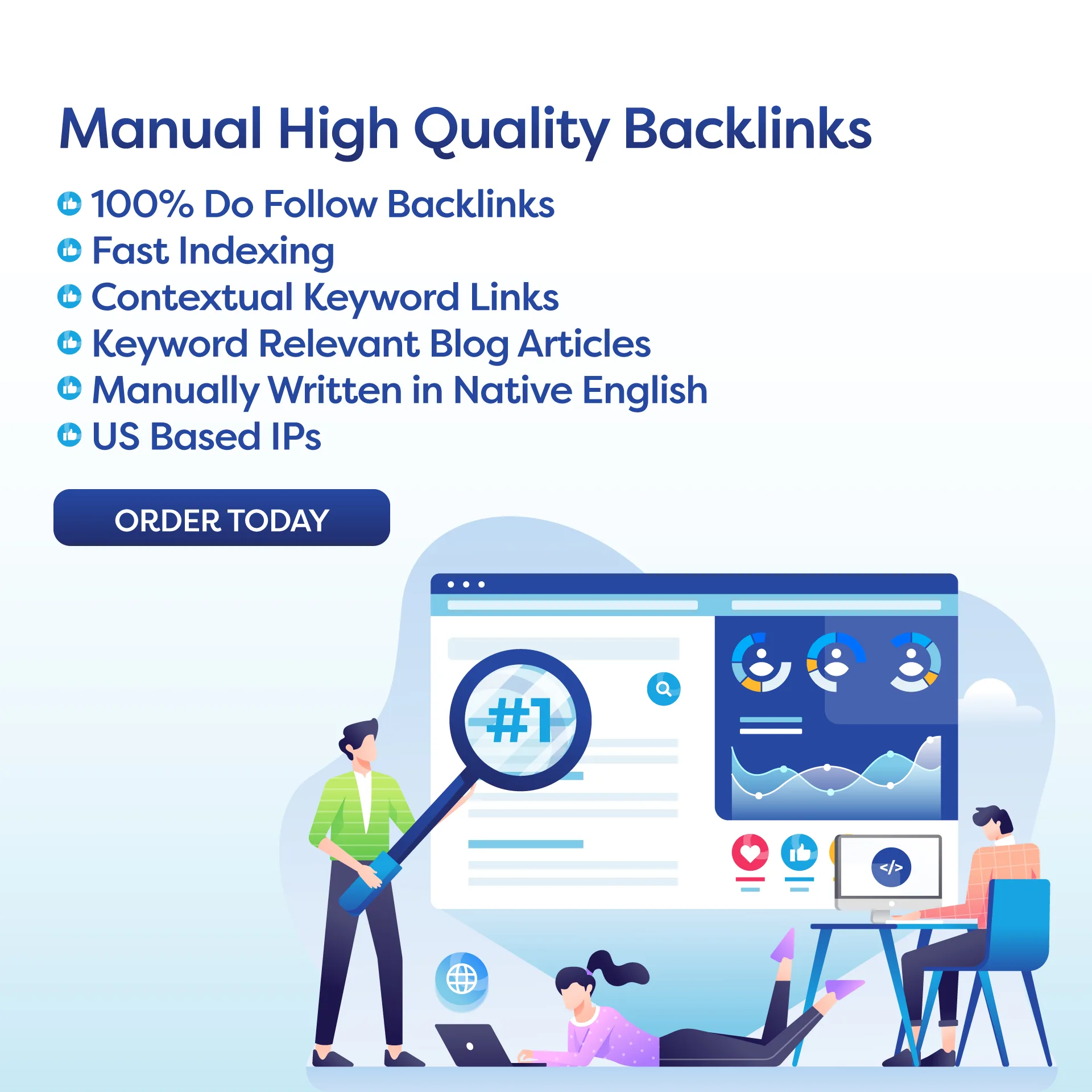Multilingual SEO: Expanding Your Global Reach
In today’s digital age, having a strong online presence is crucial for businesses of all sizes. With the internet connecting people from all corners of the world, it’s more important than ever to have a multilingual website that caters to international audiences. This is where multilingual SEO comes into play.
Multilingual SEO, or multilingual search engine optimization, is the process of optimizing a website for multiple languages in order to attract and engage audiences from different countries. It involves creating content in different languages, optimizing keywords and meta tags, and building backlinks from international websites. By implementing multilingual SEO practices, businesses can improve their visibility in search engine results and reach a wider audience.
Why is Multilingual SEO Important?
As the internet continues to break down geographical barriers, businesses have the opportunity to expand their reach and tap into new markets. However, simply translating content into different languages is not enough. In order to effectively reach and engage international audiences, a website must be optimized for different languages. This is where multilingual SEO plays a crucial role.
By optimizing a website for different languages, businesses can improve their visibility in search engine results for non-English speaking users. This means that when someone searches for a product or service in their native language, a multilingual website will have a higher chance of appearing in the top results. This can lead to increased website traffic, conversions, and ultimately, revenue.
Best Practices for Multilingual SEO
When it comes to implementing multilingual SEO, there are a few best practices to keep in mind:
1. Conduct thorough keyword research for each language: Different languages may have different search terms and phrases for the same product or service. It’s important to conduct thorough keyword research for each language to ensure that the content is optimized for the right terms.
2. Use hreflang tags: Hreflang tags are HTML attributes that tell search engines which language a particular page is targeting. This helps search engines understand the language of a page and deliver the appropriate version to users searching in that language.
3. Create high-quality, localized content: Simply translating content from one language to another may not be enough to effectively engage international audiences. It’s important to create high-quality, localized content that takes into account cultural differences and nuances.
4. Build backlinks from international websites: Backlinks are an important factor in SEO, and this holds true for multilingual SEO as well. Building backlinks from international websites can help improve a website’s visibility in search engine results in different languages.
5. Monitor and analyze results: As with any SEO strategy, it’s important to continuously monitor and analyze results to make adjustments and improvements. This includes tracking website traffic, conversions, and keyword rankings for different languages.
Conclusion
In today’s globalized world, having a multilingual website is essential for businesses looking to expand their reach and attract international audiences. Multilingual SEO is a crucial component of this, as it helps businesses optimize their website for different languages and improve their visibility in search engine results. By following best practices and continuously monitoring and analyzing results, businesses can effectively leverage multilingual SEO to reach and engage a wider audience.
FAQs:
Q: What is the main purpose of multilingual SEO?
A: The main purpose of multilingual SEO is to optimize a website for different languages in order to attract and engage international audiences.
Q: How does multilingual SEO help businesses?
A: Multilingual SEO can help businesses expand their reach, improve their visibility in search engine results, and ultimately, increase website traffic, conversions, and revenue.
Q: Is simply translating content enough for multilingual SEO?
A: No, simply translating content may not be enough to effectively engage international audiences. It’s important to create high-quality, localized content that takes into account cultural differences and nuances.

